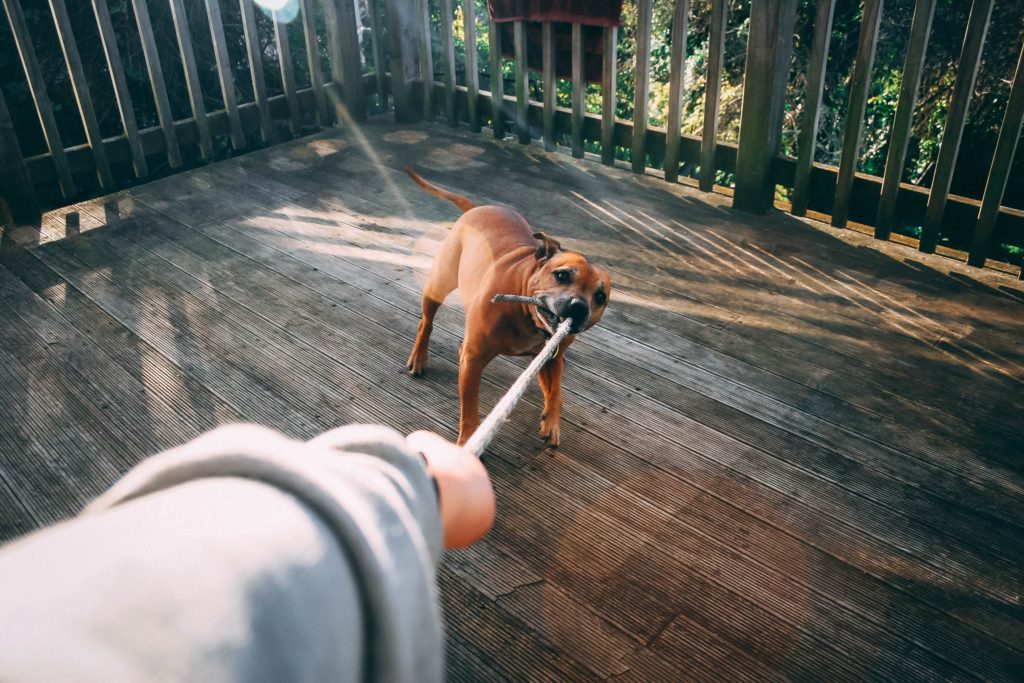Animals can be fun; however, they can also be dangerous. Therefore, it is important to know how to be safe when you are around them. In this article, learn more about animals and child safety.
Background
Dogs, cats, and other animals can be a wonderful addition to a family, national parks, and zoos. Animals, especially those we can pet, can be fuzzy friends that provide love and companionship. Unfortunately, even the most loving pets can bite when triggered.
According to the Centers for Disease Control and Prevention (CDC), over 4 million animal bites occur every year. 85-90% of animal bites are from dogs, and the remaining per cent is for cats and other animals. Sadly, children under five years old represent a large percentage of animal bite victims. In 2017, the Nationwide Children’s Hospital’s Emergency Departments and Urgent Cares said they treated more than 600 children with dog bite injuries.
Children are at increased risk for animal bites for several different reasons. The main reason for this is that children are not able to interpret the body language of an animal. This is essential as it may be a warning sign before a bite or attack occurs.
Here are some warning signs that a dog or other animal is about to bite and attack you.
- Yawning, licking lips, or avoiding eye contact
- Growling, Snapping or Showing Teeth
- Wagging tail
- Rigid body (body goes stiff)
- Fur standing up (fur on their back or neck)
- Seeing the Whites of their Eyes
Being aware of warning signs that animals are giving can reduce the number of injuries and emergencies.
First Aid for Animal Bites
If you’ve been bitten or attacked by an animal, it is important to treat the injury right away to reduce the risk of bacterial infection. Proper assessment of the wound also helps in determining the severity.
In certain cases, you will be able to administer first aid to yourself and others. In other instances, you may need further medical assistance.
If your child is bitten by a dog:
- Remain calm and keep your child comfortable.
- If the skin has been broken, gently wash the area under cool, running water.
- Apply antiseptic ointment and cover the wound with a clean dressing.
- Control bleeding by applying firm and steady pressure to the wound. Use a sterile dressing or clean cloth until an ambulance arrives on the scene.
- If the child has a pale complexion or is becoming drowsy, have them lie down. Then raise their legs on a pillow or a folded blanket (elevation).
- Take the child to the doctor. Your child may be needing a tetanus booster and antibiotic medication.
- If there is a piece of flesh missing from the dog bite, call emergency medical services.
- If your child is pale or drowsy, have them lie down and raise their legs on a pillow or folded blanket.
If a cat bites your child:
- Any cat bites or scratches must be cleaned and disinfected using soap and clean water.
- Apply pressure to the bite site to stop any bleeding.
- Apply a sterile bandage to the wound.
- Keep the wound in an elevated position, just above the heart. Doing so will help in preventing swelling and infection.
If your child is bitten, attacked, and injured by an animal, seek medical help immediately. While some wounds only need a good cleaning and bandage, some animal bites can be serious. Take note that animal bites are at greater risk of becoming infected than any other type of injury. It is important to apply first aid and take medications recommended by your doctor.
Conclusion
Remember that however gentle and well-trained an animal is, they still have their animal instincts. Animals can react in unexpected ways when they are triggered, frightened, or stressed. These can make animals dangerous to your child.
Kids will be kids, and animals will be animals. Let us try to keep them all safe and healthy. Sign up for a First Aid Course to know how to treat an animal bite and other children’s injuries.








